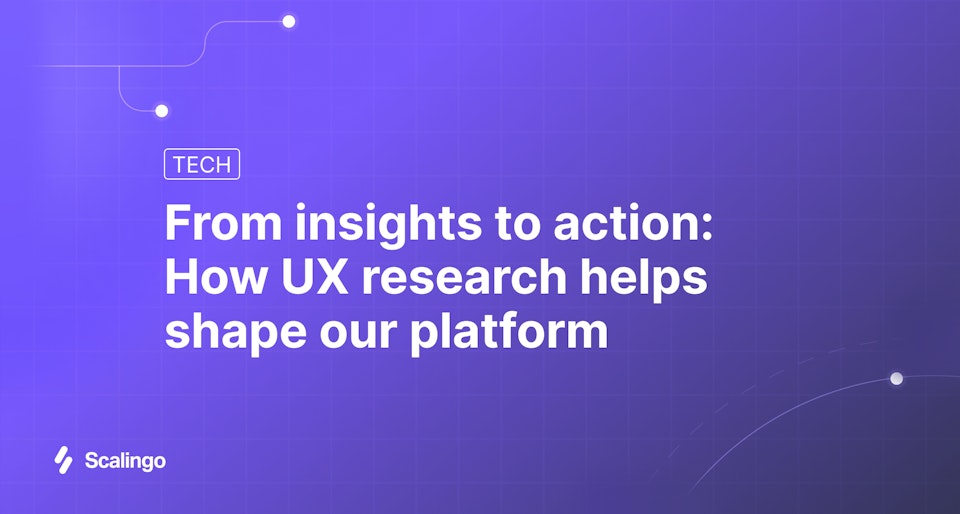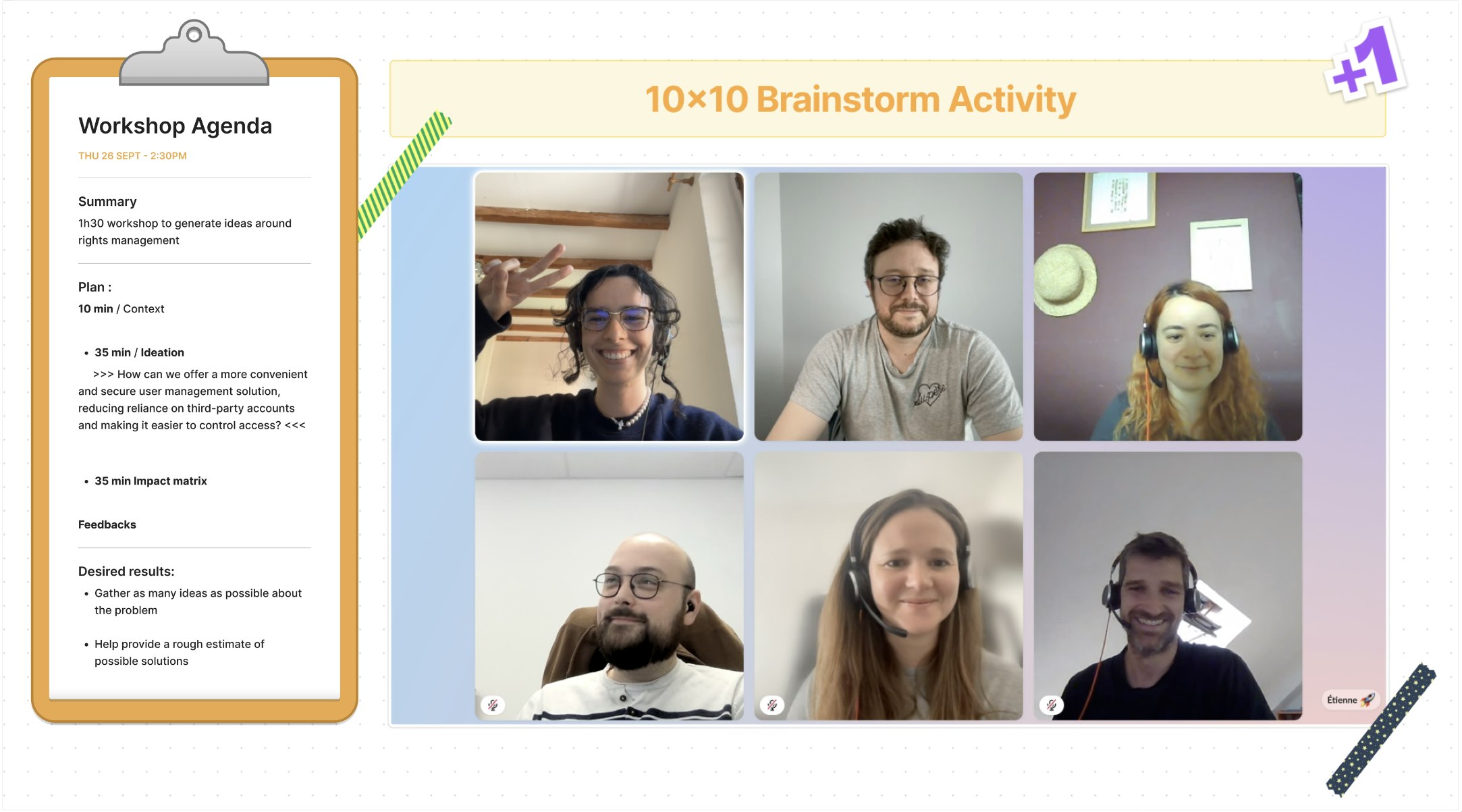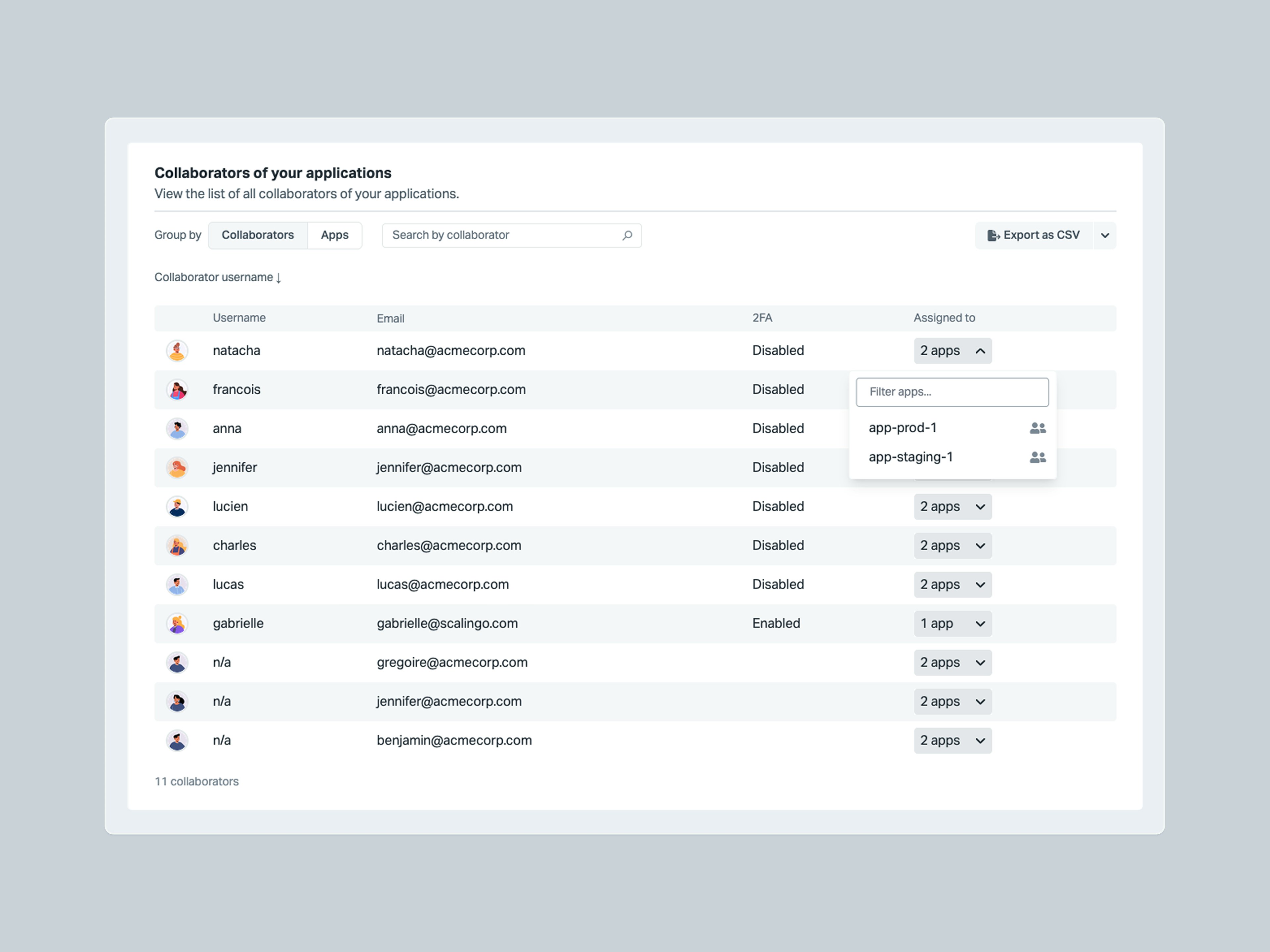From insights to action: How UX research helps shape our platform

As our platform continues to evolve, so does our understanding of the people who use it. Over the past year, we’ve been building our UX research process, treating it as an essential part of ensuring new features serve users and contribute to a cohesive experience.
When I first started leading research at Scalingo, I had a pretty simple assumption: “If a dev built it, another dev will get it, right?” Turns out, not always. And because running research on a technical subject can be a bit overwhelming, especially coming from a non-tech background, it’s important for us to collaborate closely with "technical people" to understand the full scope and limitations of our platform.
Our users are a diverse group. They work on different kinds of projects, at different scales, and in different ways. They may come from varied backgrounds, but they all manage critical infrastructure and sensitive data. And for that reason, every interaction matters. Our goal is to build a platform that feels cohesive and instills confidence, no matter the user’s level of technical expertise.
1. Getting clear on why we do research
Our research work is grounded in the desire to understand the people we build for. By listening to users’ voices, experiences, and perspectives, research becomes a powerful medium for internal learning, helping us reflect and realign on product decisions.
We use research as both an exploration phase for new projects and a way to check in on how existing features are performing. Are they intuitive? Are they doing what we hoped? If something creates friction or stress, how can we ease it? These questions help us prioritize clarity and usability and, ideally, increase feature adoption.
When we explore large projects, like databases or organizations, that will inevitably impact user flows, we need to go deep and uncover actionable insights.
2. How we started
We started investing more intentionally in user research when we began tackling bigger, more foundational projects. One of the first was the redesign of the database dashboard.
It hadn't been updated since 2016, and we knew it needed a fresh look. But instead of jumping into design, we paused. We talked to executives and developers to take the temperature (what was working, what wasn’t) and gathered expectations for the future dashboard.
Because our developer colleagues are also Scalingo users, we spent time with them to observe their workflows in the product, understand the languages they use, and gain insights into database environments and technologies. This helped us align with internal sentiment from the start, build a solid research protocol, and enter user research with confidence.
To gather quantitative data, we launched a survey directly through our platform to understand how people use the dashboard, their level of satisfaction, and the challenges or feedback they had.
The survey also served as an opportunity to recruit and begin building our user research panel, as the final set of questions asked respondents if they were open to 1:1 conversations about their database usage.
We conducted the interviews remotely, which gave us the flexibility to speak with users from different regions and backgrounds within a short time frame. This helped us gather diverse perspectives without being limited by geography.
On the other side of the research, we uncovered some interesting insights: the dashboard was typically consulted only a few times per month, mostly to monitor database health, investigate performance issues, or check for upcoming upgrades and maintenance. In our recommendations, we emphasized the importance of allowing users to quickly grasp the most essential information at a glance. We introduced clear focal points and intuitive pathways to relevant documentation, aiming to deepen users’ understanding of monitoring features and reduce pressure on the support team.
3. Turning insights into ideas
One of the most valuable lessons we've learned is that research has far more impact when it's integrated into collaborative iteration.
That’s why we’ve started introducing ideation and co-creation workshops as an extension of our research process. These workshops usually take place at the end of the discovery phase and the beginning of the design phase, when the product team aligns on the main findings and uses them as problem statements for ideation sessions.
These sessions are ideal for two reasons:
- Sharing insights helps make the user experience feel tangible and builds empathy. Even though I always prepare a company-wide readout, I’ve found people are more engaged in smaller groups, which often leads to richer conversations.
- Facilitating cross-team dialogue helps surface diverse ideas and creates space to discuss the problem statement openly, without considering feasibility too early.

Take IAM and organization management, for example : a complex, ongoing challenge. After gathering initial insights from user interviews, we uncovered that most users:
- Use a third-party account to manage billing, collaborators, resources, and environment variables
- Have difficulty tracking collaborator access through the dashboard
- Want to restrict collaborator access rights to specific parts of the dashboard
We brought in developers, engineers, sales, and security colleagues to ideate in a Crazy 8s format around the problem statement: “How might we offer a more practical and secure user management solution, reducing dependency on third-party accounts and facilitating access control?” Everyone brought different knowledge and blind spots, but together we got closer to viable, user-centric solutions. We then voted on the most valuable ideas before moving into design.
This workshop was key to defining the new collaborators page on the dashboard and shaping future iterations. We were able to list the key elements that should be visible and actionable to an app owner, such as centralized control of all collaborators, their MFA and invitation status, and the ability to revoke all access for security and practical reasons.

These workshops gave us space to ideate openly and explore possible directions around a shared goal.
Co-creation has also become a powerful tool within our product team, especially when we want to explore multiple solutions. Whether it's mapping a user journey, sketching a concept, or simply generating ideas, these sessions help us expand the possibilities before narrowing in on the right path.
Wrapping up
Research at Scalingo is an ongoing process. We're continuously learning, adjusting, and looking for better ways to understand and support the people who use our platform. Every project brings new questions and new opportunities to improve the methodology and tools we use.
If you're a Scalingo user and would like to share your thoughts, or join our user research panel, feel free to reach out to us at team-product@scalingo.com. We'd love to hear from you!



